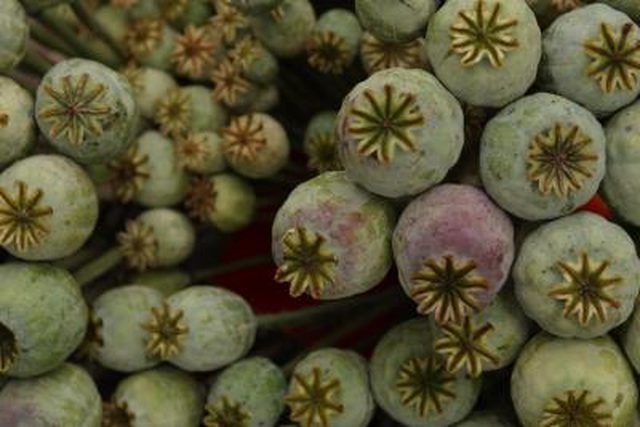Bulbs
Flower Basics
Flower Beds & Specialty Gardens
Flower Garden
Garden Furniture
Garden Gnomes
Garden Seeds
Garden Sheds
Garden Statues
Garden Tools & Supplies
Gardening Basics
Green & Organic
Groundcovers & Vines
Growing Annuals
Growing Basil
Growing Beans
Growing Berries
Growing Blueberries
Growing Cactus
Growing Corn
Growing Cotton
Growing Edibles
Growing Flowers
Growing Garlic
Growing Grapes
Growing Grass
Growing Herbs
Growing Jasmine
Growing Mint
Growing Mushrooms
Orchids
Growing Peanuts
Growing Perennials
Growing Plants
Growing Rosemary
Growing Roses
Growing Strawberries
Growing Sunflowers
Growing Thyme
Growing Tomatoes
Growing Tulips
Growing Vegetables
Herb Basics
Herb Garden
Indoor Growing
Landscaping Basics
Landscaping Patios
Landscaping Plants
Landscaping Shrubs
Landscaping Trees
Landscaping Walks & Pathways
Lawn Basics
Lawn Maintenance
Lawn Mowers
Lawn Ornaments
Lawn Planting
Lawn Tools
Outdoor Growing
Overall Landscape Planning
Pests, Weeds & Problems
Plant Basics
Rock Garden
Rose Garden
Shrubs
Soil
Specialty Gardens
Trees
Vegetable Garden
Yard Maintenance
Can You Grow Poppy Plants From Grocery Store Poppy Seeds?
Can You Grow Poppy Plants From Grocery Store Poppy Seeds?. Annual bread-seed or lettuce-leaf poppies (Papaver somniferum) produce flat, tissue-papery blooms in shades of pink, red, purple and white. They grow 4 to 5 feet tall, with lush, pale green foliage that stands upright from the stalk. These are the same poppies that are the source of opium...

Annual bread-seed or lettuce-leaf poppies (Papaver somniferum) produce flat, tissue-papery blooms in shades of pink, red, purple and white. They grow 4 to 5 feet tall, with lush, pale green foliage that stands upright from the stalk. These are the same poppies that are the source of opium and it is illegal in the United States to grow them for that purpose.
Colors
While specific strains, such as Lauren's Grape (purple), Danish Flag (deep orange with white feathery centers) and peony poppies (multiple petals in jewel tones) are offered in commercial seed packages, grocery-store poppy seeds grow just as well, although in limited colors and types. Most produce a single pink poppy flower.
Timing
Annual poppies grow best if they get a period of cold, so it is often recommended that they be planted in fall or sprinkled on the snow. However, especially in areas with wet winters and cold springs, planting in mid-February yields better results.
Planting
Scatter the seeds on the ground and do not cover them, as sunlight is needed for germination. If your climate is dry, keep the seeds moist with a fine spray from the hose until they come up. When the plants are about 3 inches tall, thin out any crowded clumps.
Gathering Seeds
Poppy flowers last only a few days. After the petals drop, the poppy seed heads will begin to dry. Leave them on the plant until the stalks have turned beige and the slits at the top of the poppy pod have opened to release the seeds. Gather the heads and let them dry completely, then shake out the seeds.
Replanting
Many of the seeds will fall to the ground and plant themselves, but save some seeds to scatter again in spring, especially if the grocery-store seeds yield any unusual colors or forms that you wish to grow again.